Essentials Of Pathophysiology 3rd Edition By Carol Mattson Porth – Test Bank
Chapter 11
1. Cytokines that affect hematopoiesis in bone marrow are called colony-stimulating factors (CSFs) based on their ability to:
A) support lymphocytes.
B) differentiate red cells.
C) regulate blood cells.
D) stimulate lymphocytes.
2. Leukocytes consist of three categories of cells that have different roles in the inflammatory and immune responses. Which of the following leukocytes is correctly matched with its function?
A) Lymphocyte; phagocytosis
B) Eosinophils; allergic reactions
C) Basophils; engulf antigens
D) Monocytes; release heparin
3. The patient has an abnormally low neutrophil count. Neutropenia is most commonly caused by:
A) Epstein-Barr virus.
B) Kostmann syndrome.
C) drug reactions.
D) skin infections.
4. The 16-year-old boy has enlarged lymph nodes and a sore throat. His girlfriend was recently diagnosed with infectious mononucleosis, which is caused by ________ and commonly transmitted in ________.
A) heterophil antibodies; blood
B) Epstein Barr virus; saliva
C) T-cell infection; plasma
D) bacterial infection; monocytes
5. The patient is diagnosed with Hodgkin type of lymphoma based on the results of laboratory tests and study of the tumor cells. A distinct characteristic of Hodgkin lymphoma is the presence of:
A) Reed-Sternberg cells.
B) Bence Jones proteins.
C) M-type protein antibodies.
D) Philadelphia chromosome.
6. Manifestations of Hodgkin lymphoma that distinguish it from non-Hodgkin lymphoma include:
A) noncontiguous nodal spread.
B) superficial lymphadenopathy.
C) pruritus and night fevers.
D) poor humoral antibody response.
7. Leukemias are classified according to the predominant cell type. The myelogenous cell type of leukemia can:
A) interfere with thrombocyte cell maturation.
B) originate in marrow and infiltrate nodes.
C) affect B and T stem cells in bone marrow.
D) transform mature cells into immature ones.
8. A child has Down syndrome and has recently experienced unexplained nose bleeds. His blood tests identify blast cells in the peripheral smear. In addition to nose bleeds, his acute leukemia will typically manifest all of the following EXCEPT:
A) infections due to neutropenia.
B) fatigue due to RBC deficiency.
C) hypogammaglobulinemia.
D) bleeding due to thrombocytopenia.
9. In contrast to acute leukemias, chronic leukemias are malignancies involving abnormal _________________ blood cells in the marrow.
A) production of undifferentiated
B) proliferation of well-differentiated
C) uncontrolled growth of immature
D) replication of pluripotent precursor
10. Multiple myeloma is a malignancy of:
A) plasma cells.
B) bone osteoblasts.
C) T-cell lymphocytes.
D) immunoglobulin A.
11. Which of the following statements accurately describes a component of the hematopoietic system?
A) Lymphocytes lack cytoplasmic granules.
B) Neutrophils are agranulocytes.
C) Colony-forming units (CFUs) promote the growth of hematopoietic cell colonies.
D) Neutrophils are the most prevalent lymphocytes.
12. Which of the following parts of the body are considered to be parts of the lymphatic system? Select all that apply.
A) Thyroid gland
B) Thymus
C) Spleen
D) Kupffer cells
E) Myelin
13. A patient with a long-standing diagnosis of human immunodeficiency virus (HIV) has recently developed neutropenia and been admitted to a hospital. Which of the following measures should be prioritized by the nurses who are providing his care?
A) Administration of prophylactic antibiotics
B) Supplementary oxygen and administration of bronchodilators
C) Administration of antiretroviral medications
D) Vigilant infection control and handwashing
14. A 16-year-old girl has been brought to her primary care provider by her mother due to the daughter’s recent malaise and lethargy. Which of the following assessments should the clinician perform in an effort to confirm or rule out infectious mononucleosis?
A) Auscultating the patient’s lungs
B) Palpating the patient’s lymph nodes
C) Assessing the patient’s cranial nerve reflexes
D) Assessing the patient for bone pain
15. Which of the following factors differentiates chronic leukemias from acute leukemias?
A) Leukemic cells are disseminated throughout the body by the circulatory system.
B) The leukemic cells are more fully differentiated than in acute leukemias.
C) The prevalence among individuals with Down syndrome is high.
D) They are cancers of the hematopoietic progenitor cells.
16. Following peripheral blood testing and a bone marrow biopsy, a patient has been diagnosed with chronic myelogenous leukemia. Which of the following is most likely to have preceded the patient’s diagnosis?
A) The presence of a Philadelphia chromosome
B) Down syndrome
C) Radiation exposure
D) Exposure to the Epstein-Barr virus
17. A patient has been diagnosed with non-Hodgkin lymphoma (NHL), a form of malignancy that most likely originated in which of the following sites?
A) Thymus
B) Spleen
C) Bone marrow
D) Lymph nodes
18. A young adult is preparing to begin treatment for non-Hodgkin lymphoma (NHL), a disease that has disseminated widely. What is the most likely treatment regimen for this patient?
A) Antiviral medications
B) Surgery and whole blood transfusion
C) Radiation and chemotherapy
D) Bone marrow or stem cell transplantation
19. Which of the following patient complaints should prompt a clinician to order a diagnostic work-up for multiple myeloma?
A) “Lately my bones just seem to ache so bad, and nothing seems to help.”
B) “Every morning my joints are so stiff that it takes me 10 or 15 minutes just to get going.”
C) “I feel so weak and the last few days I’ve actually fallen asleep on my coffee break at work.”
D) “I vomited yesterday evening and it looked like coffee grounds mixed with some fresh blood.”
20. Which of the following abnormal blood work results is most closely associated with a diagnosis of multiple myeloma?
A) Decreased hemoglobin, hematocrit, and red blood cells
B) Extremely high levels of abnormal lymphocytes
C) Low glomerular filtration rate and high calcium levels
D) Low potassium levels and increased blood urea nitrogen
Answer Key
1. C
2. B
3. C
4. B
5. A
6. C
7. A
8. C
9. B
10. A
11. A
12. B, C
13. D
14. B
15. B
16. A
17. D
18. C
19. A
20. C


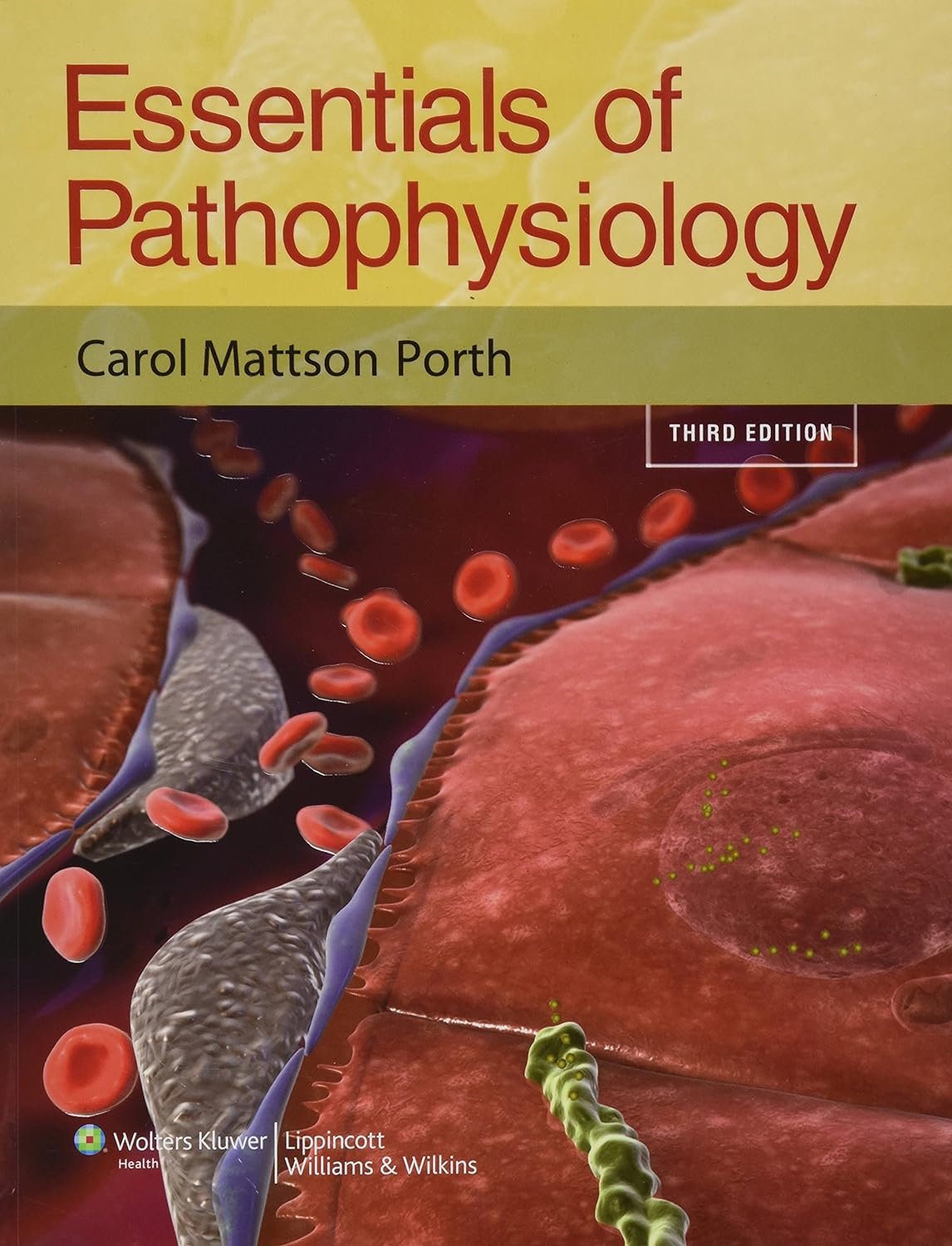


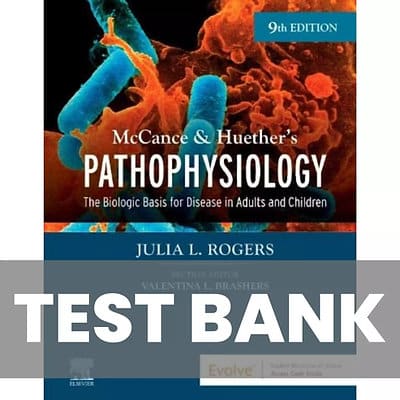



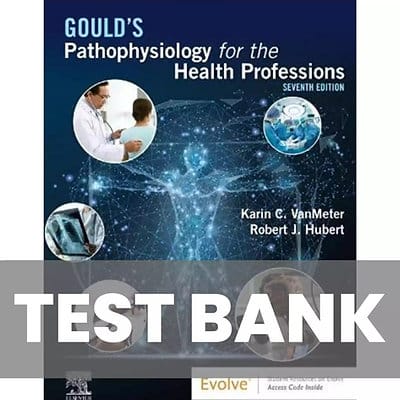
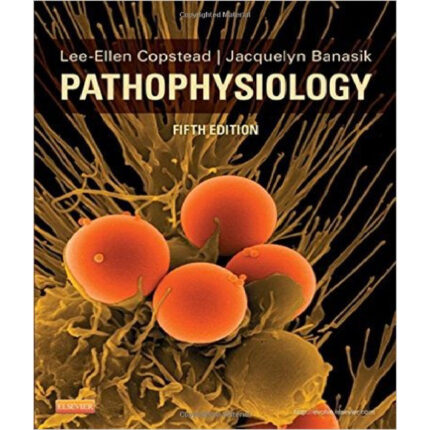
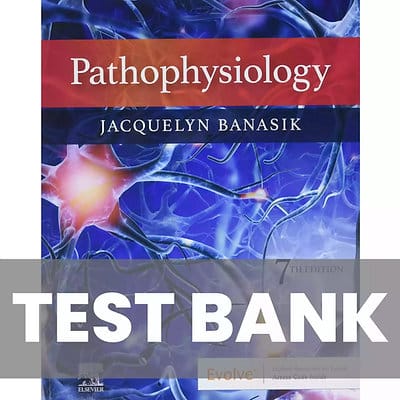

Reviews
There are no reviews yet.